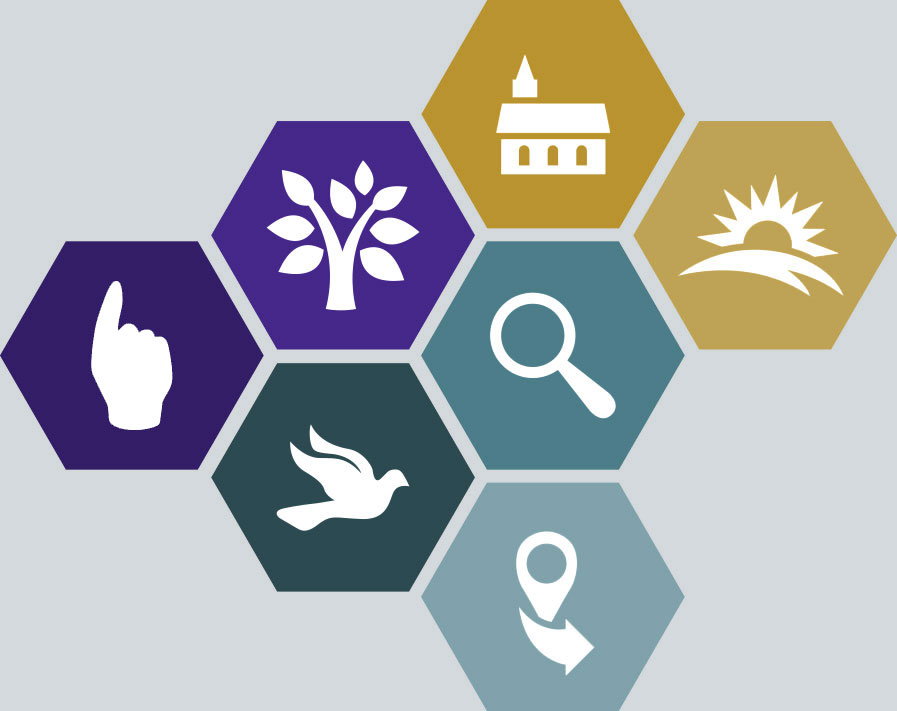Focusing on the Vulnerable
Reframing the Vulnerable

Reframing the Vulnerable
Who Are the Vulnerable?
So many pictures spring to mind when we say “the vulnerable.” It might be the poor family living in a tiny mud hut, with no clean water or bathrooms and very few possessions. It may be the HIV widow living in an overcrowded slum in India or the beggars that seem to line the streets of many developing nations.
But all of these pictures and the many more we could list have a danger to them. They define people only by their needs and the hardships they face. Rather than seeing individuals made in God’s image, we reduce them to a category defined by their need—a widow, an orphan, the rural poor. And by doing so, we miss their value, their gifts, and their potential.
God has uniquely gifted each person and called them—like us—to be stewards of creation and builders of God’s Kingdom. Nobody’s God-given, lifelong roll is meant to be “recipient”—an abstract “other” who needs help.
Shifting Our Perspective
If we are going to see transformation among people who are vulnerable, we need to reframe the story of vulnerability, to look at it from a different perspective. Rather than talking about “the vulnerable,” a healthier phrase would be “people who are stuck.” Using this phrase helps us remember that each one is an individual made in God’s image who has somehow gotten stuck and not yet reached their potential. It also reminds us that they are not so different from us.
This reframing is important because it changes our expectation of what can happen as a result of our involvement. When we see people as a list of needs, our hope is, naturally, to address those needs and reduce suffering. When we think of people as stuck, we remember again that they too are made with immense potential and need the opportunity to reach that potential. Our focus will shift to how we can help them get unstuck so they can move forward and become all that God designed them to be.
When we refer to people who are stuck, we’re talking about those who are trapped in their situation.We don’t mean the family who has faced a sudden crisis, like a landslide, and needs help to get back on their feet. Rather, we’re talking about those who have been in poverty and need for generations.
Many people are stuck because of beliefs, such as, “We can’t do anything ourselves,” “We have no value,” and “We need others to help.” These beliefs have been taught to them since childhood and are reinforced by the corresponding beliefs of society and outsiders (The poor cannot change or help themselves, some people have more value than others…).
As we help people who are stuck to break through these beliefs, we have seen powerful change. Whole communities have moved out of poverty without any outside resources as they have come to understand the truth that, through God’s strength, they are able to make a difference and bring transformation to their community. It was never that they were unable to change, as we are so often tempted to believe, but rather that they were stuck. Lies—those they had grown up with, that society believed, and that those who came to help them believed—had prevented them from reaching their potential as godly-image-bearers and stewards and had locked them in poverty.
This does not mean that we deny hard truths. The places we work may be among the poorest in the world, the churches we seek to work with may fail to meet expectations, and government leaders may be corrupt. But we must not allow facts like these to blind us to larger truths: God is active and God is able. He has made many promises to bless and bring flourishing.
If we want to see transformation in the lives of vulnerable people, we need to teach and model biblical truths and practical skills. With God’s power and the truth in His word, we can help those who are stuck to reach their God-given potential.



